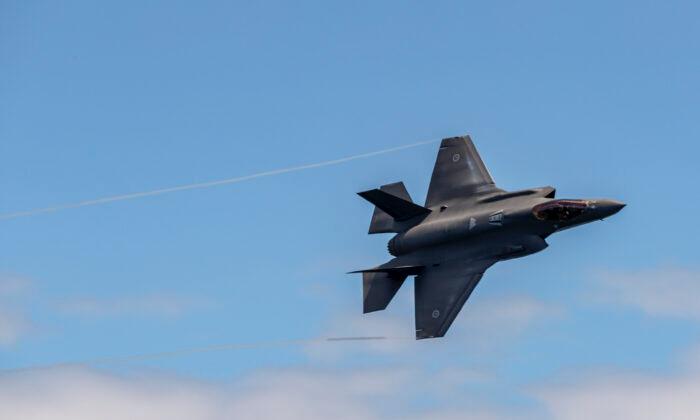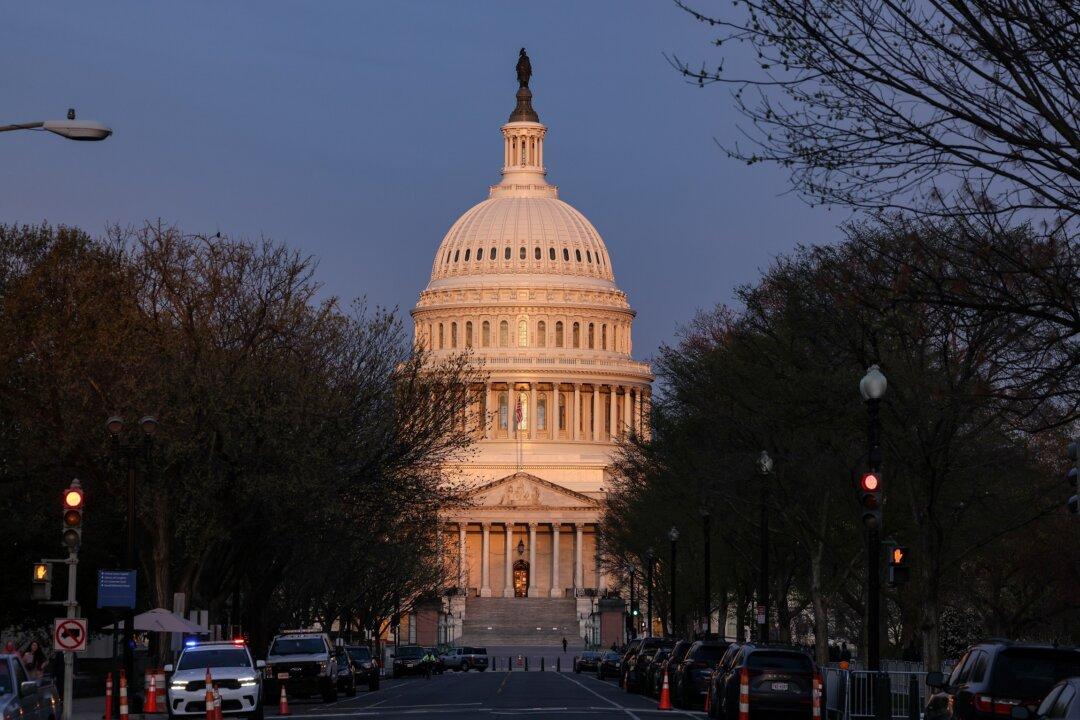Australia kicked off a large-scale joint military exercise on Aug. 19 with 16 allied nations, including Germany, amid growing concern over China’s military threat surrounding Taiwan.
The biennial Pitch Black military exercise, hosted by the Royal Australian Air Force, involves more than 100 aircraft and 2,500 personnel. The drill spans the Northern Territory and Queensland and will last through Sept. 8.
The participating nations include France, Indonesia, India, Singapore, the UK, the Philippines, Thailand, the United Arab Emirates, Canada, the Netherlands, Malaysia, New Zealand, and the United States.
German Air Force chief Lt. Gen. Ingo Gerhatz said on Aug. 15 that the military aircraft deployment to Australia wasn’t intended to send “any threatening message” to China, as the aircraft will use civilian air traffic routes.
“The South China Sea, Taiwan—these are obviously the sticking points in the region,” he told reporters. “We will fly at an altitude of more than 10 kilometers [6.2 miles] and barely touch the South China Sea, and we will move on international routes.”
Gerhatz’s comments were echoed by Australia’s ambassador to Germany, Philip Green, who said there was no reason why Beijing should see a regular exercise as destabilizing to the region.
“We are seeking a region which will be stable, peaceful, and prosperous, strategic equilibrium where each country can take their own sovereign choices,” Green said when asked about the message for China.





